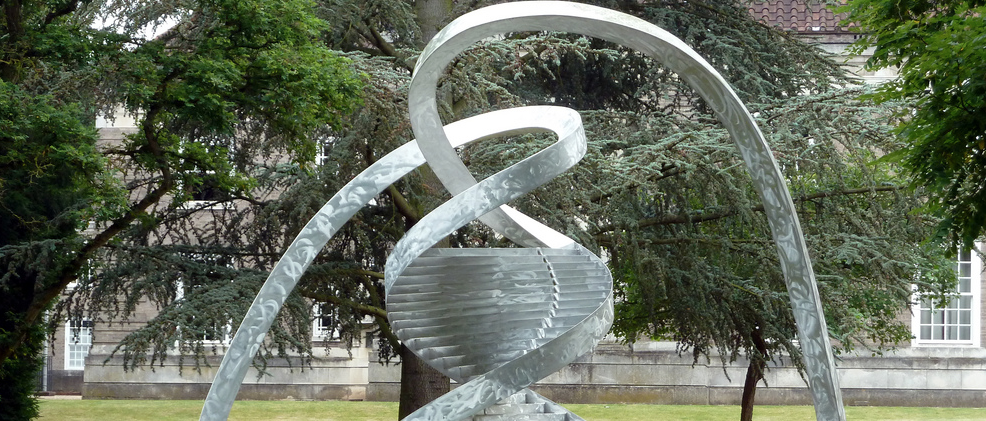BBC Earth
Image: Nigel_Brown
This week the UK Human Fertilisation and Embryology Authority okayed a proposal to modify human embryos through gene editing. The research, which will be carried out at the Francis Crick Institute in London, should improve our understanding of human development.
It will also undoubtedly attract controversy – particularly with claims that manipulating embryonic genomes is a first step towards designer babies. Those concerns shouldn’t be ignored. After all, gene editing of the kind that will soon be undertaken at the Francis Crick Institute doesn’t occur naturally in humans or other animals.
It is, however, a lot more common in nature than you might think, and it’s been going on for a surprisingly long time – revelations that have challenged what biologists thought they knew about the way evolution works.
We’re talking here about one particular gene editing technique called CRISPR-Cas, or just CRISPR. It’s relatively fast, cheap and easy to edit genes with CRISPR – factors that explain why the technique has exploded in popularity in the last few years.
But CRISPR wasn’t dreamed up from scratch in a laboratory. This gene editing tool actually evolved in single-celled microbes. Read more on the BBC Earth website…








